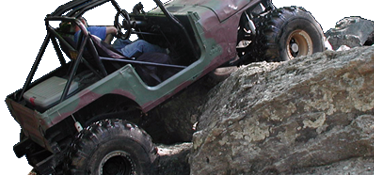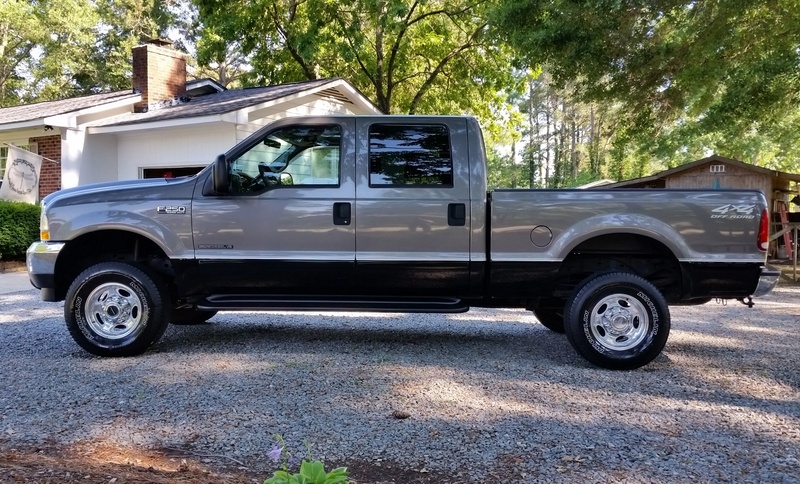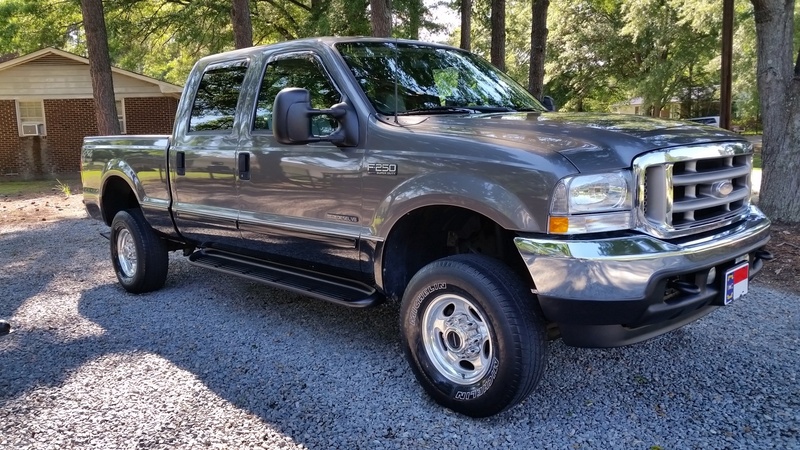Some nerdy staircase ramblings and opinions (some opinions are educated opinions, some probably not):
Is it just me, or had y'all rather see that lock washer under the bottom nut, at the end of the rod, rather than above the step? Or better, lockwasher in both places?
The placement shouldn't matter. Tension doesn't care about where the lockwasher is, because tension is acting on both nuts. If you're thinking the load of someone on the stair tread would determine the side of placement, I would intuitively think that you'd want it on the top nut instead of the bottom. The top nut would theoretically reduce clamp load with weight on the tread, but the bottom nut would theoretically increase clamp load with weight on the stair tread. Theoretically that means the top washer needs a lock washer more than the bottom nut, as the percentage change (from max to min load) is theoretically larger on the top nut for the same change in tread load. That becomes even worse if the wood starts to creep/compress and lose joint tension. I'm starting to confuse myself on that point. Theoretically.
Regardless, if either nut loses tension then they both lose tension, and that bottom one is the one you obviously don't want to back off.
Doesn't someone on here do a lot of bolted joint design? We need answers here, staircases are serious stuff.
Either way, I think I'd put some red on those end nuts.
I'd use blue, because blue is still overkill and it's a lot easier to release blue than it is to take a torch to the staircase to release the red if it needs repairs.
Lock washers on both sides for sure. If step was properly cantilevered and bolted...the handrail could be anything, but my first thought was how cool rail road tracks would be.
Why do you need two lockwashers? If the joint is done properly, meaning the threaded rod is under tension between the two nuts, a second lockwasher doens't have any function.
If you consider a split lockwasher as a spring (because it's supposed to compress and apply spring tension), two split lockwashers in series are like two springs in series, which is half the spring rate of a single split washer. I know that's the case with a Belleville washer.
I think I'd use poly-locking acorn nuts on the bottom.
I'd use distorted thread locknuts, because they look cooler and you can get them in the same types of finishes as the rods/bolts. It's a house, so aesthetics are just as important as the small amount of vibration caused by people walking up and down stairs. You can get poly locks in stainless though, so that's a tough decision because they're so cheap compared to anything with distorted threads.
I'm curious about the anchoring into the wall.
Even though the picture is blurry at the wall distance, it still looks like a plate with bolts through it. That would make me infer that it's the common L-bracket bolted to the wall that I keep seeing in this type of design on the interwebz and architecture magazines.
Them treads look pretty short and the bolts/ studs in the center of them is overkill.
I think those treads are bigger than they look, if they're made to standard size. I bet they did that because using two per tread was too far apart to meet the open area requirements for code..? Hard to say without dimensions.
is that a continuous bolt through the treads or multiples? Those lock washers are basically non-functional now, and the wood looks to be loaded in the wrong direction, but it is an awesome design.
I don't really believe that split locks actually work well at all as a lockwasher, and there is a lot of proof to back that up except with very light bolt loads. I also have some strong feelings about using a split lock on top of a flat washer.
Out of curiosity, why do you think the wood is loaded in the wrong direction? It looks like the grain is along the width of the tread, and obviously would be loaded in bending because it's a stair tread. Those plates are definitely needed at the ends, that's for sure.
Need another beer, that took too long to write.






